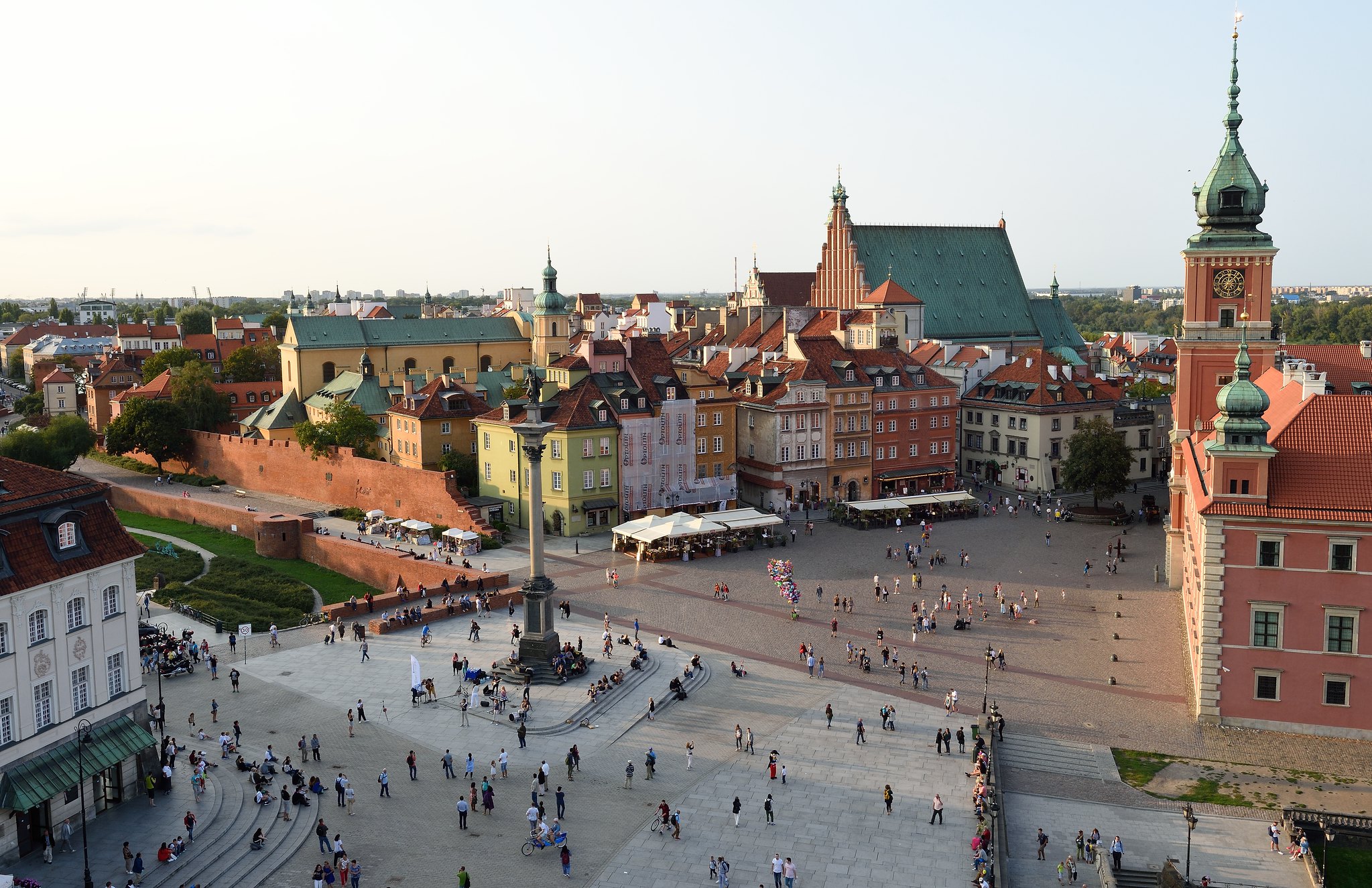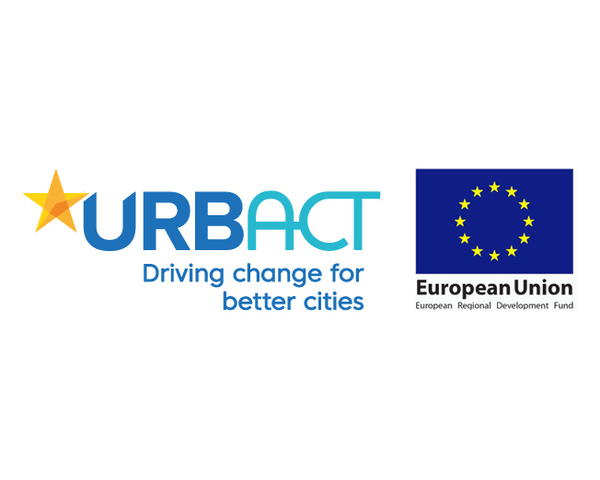The discussions at the URBACT seminar helped formulate possible areas of interest of city networking and exchange in Poland and the appropriate working method of the City Partnership Initiative, based largely on experiences of the URBACT method and the EU Urban Agenda Partnerships topics.
All cities participating in a network were expected to develop a City Action Initiative. Like URBACT Integrated Action Plans, these should be a co-designed set of concrete solutions to previously identified local challenges and problems.
On top of that, each network as a whole had to develop an Improvement Plan with a set of recommendations for the Ministry, to feed into future urban policies at the national level.
The City Partnership Initiative was given some more specifically defined objectives by the Ministry of Infrastructure:
- Strengthening and encouraging partnership cooperation and exchange of knowledge between cities;
- Capacity building among city officers and decision-makers;
- Knowledge capitalisation and developing bottom-up system solutions;
- Dissemination of the principles of social participation in city management;
- Involving cities in the implementation of national and European urban development goals.
An initiative of this scale needed a thorough preparation of its building blocks. The Ministry worked in close cooperation with the National URBACT Point, which provided the necessary knowledge and helped with the elaboration prepared a set of the programme documents. These included “Rules of realisation of the City Partnership Initiative”, a “Guidebook for City Action Initiatives” and a “Guidebook for Local Partnerships”.
The initiative launched its first call for city networks in 2017, focused on three pilot thematic networks on:
1. Urban Mobility;
2. Urban Regeneration;
3. Air Quality.
The call was open to all urban areas in Poland, as well as associations of local governments. The initiative applied no restrictions on city size but was clearly targeted and marketed at building the capacity and knowledge of small and medium-sized cities in Poland, which are starting to experience serious waves of depopulation.
Over 105 applications were received, indicating a high demand for this type of project. Of these, a total of 34 cities and associations of local government were selected across the three networks. Each network had an appointed thematic expert, designated by the Ministry. Their role was, as in URBACT networks, to support each network with substantive knowledge.
At each phase of the works of the three pilot networks, the National URBACT Point provided knowledge and know-how based on the long experience of cooperation with cities. However, the quantity of work quickly forced the Ministry to also open a call for an external body to provide practical support in the facilitation of the CPI Local Groups and guide them on a more daily basis.
Network meetings were organised on a regular basis, as well as combined meetings of the three networks together.
The final meeting of the three pilot networks took place in October 2019. A report was prepared to summarise their achievements, to finalise the Improvement Plans of each network, to compare the effectiveness of both the PIM and URBACT programmes and formulate the broad lines of the future activities of the project.

